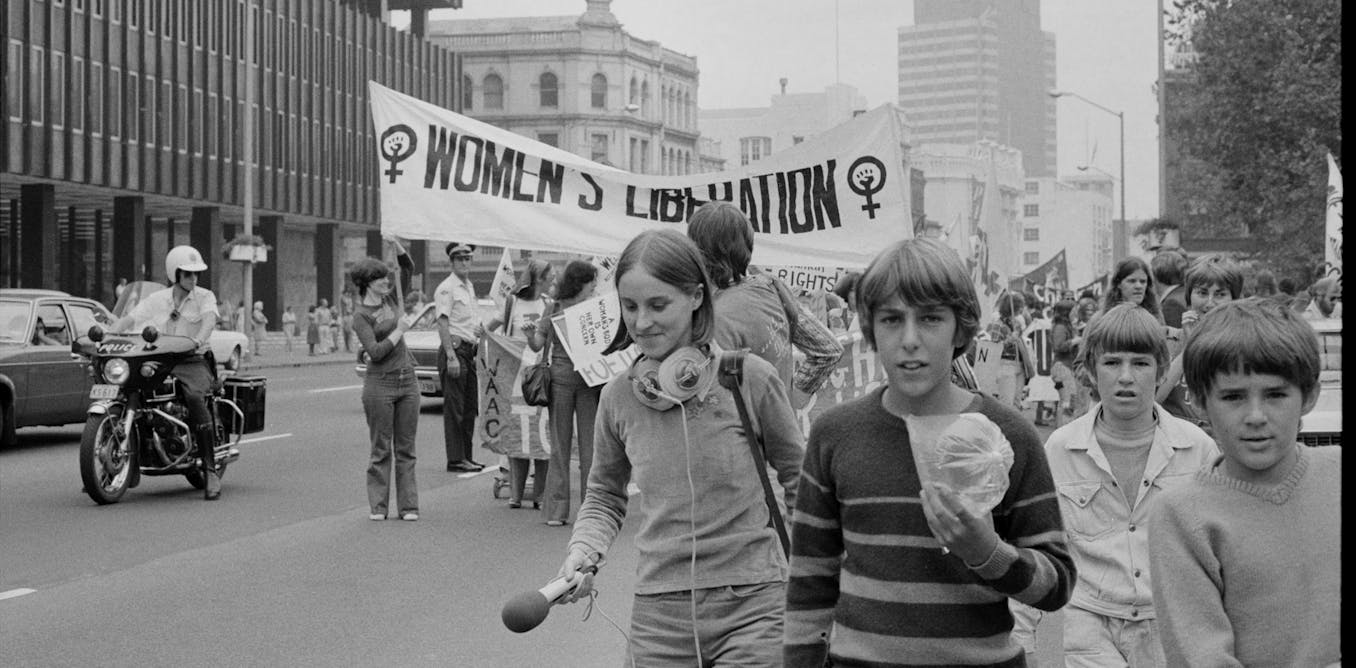
In a surprising turn of events, the Afghan supreme leader highlights the liberation of women under the rule of the Taliban. This statement has sparked significant discussions and debates worldwide, as it challenges preconceived notions about the Taliban’s treatment of women and their role in society. In this article, we will delve into the claims made by the Afghan supreme leader and explore the current situation for women in Afghanistan, shedding light on their journey towards empowerment and the challenges they continue to face.
Unveiling the Perspective
The statement made by the Afghan supreme leader is indeed thought-provoking, as it contradicts the commonly held perception of the Taliban’s treatment of women. While it is crucial to approach such claims with skepticism and critically analyze them, it is equally important to recognize the evolving nature of the situation in Afghanistan.
An Era of Oppression
For decades, Afghan women have endured a multitude of challenges and restrictions, often living under oppressive conditions. During the previous Taliban regime, women faced severe limitations on their freedom, including restrictions on education, employment, and even movement. The Taliban’s interpretation of Sharia law led to the enforcement of strict gender segregation and imposed a rigid dress code upon women.
Winds of Change
However, since the Taliban’s return to power, there have been reports of subtle changes and promises of a more inclusive regime. The Afghan supreme leader’s statement may indicate a shift in the Taliban’s approach towards women’s rights. This newfound rhetoric acknowledges the importance of women’s participation in society and offers a glimmer of hope for a more progressive future.
Progress or Merely Words?
While the words of the Afghan supreme leader might raise optimism, it is crucial to assess the ground realities experienced by women in Afghanistan. The international community and human rights organizations closely monitor the situation, ensuring that promises translate into tangible actions.
Women’s Empowerment: A Work in Progress
Empowering Afghan women requires a multifaceted approach that addresses social, cultural, and systemic barriers. Education plays a pivotal role in transforming societies, and it is paramount that girls and women have equal access to quality education. Furthermore, economic opportunities and access to healthcare are vital components of women’s empowerment.
Nurturing a Supportive Environment
To foster an environment conducive to women’s growth, it is essential to challenge the deeply ingrained patriarchal norms and promote gender equality. This involves engaging men and boys as allies in the fight for women’s rights and dismantling harmful stereotypes that perpetuate inequality.
The Role of International Community
The international community plays a crucial role in supporting the aspirations of Afghan women. By providing financial aid, resources, and expertise, countries worldwide can contribute to the creation of sustainable programs that promote women’s empowerment. Collaborative efforts, diplomatic negotiations, and pressure from human rights organizations are all instrumental in ensuring the protection and advancement of women’s rights.

A Long Road Ahead
While the recent statements by the Afghan supreme leader offer a glimmer of hope, it is important to approach the situation with caution and monitor progress closely. The path to true women’s empowerment and gender equality in Afghanistan is a challenging one, requiring sustained commitment and collective action from all stakeholders.
Conclusion
The statement made by the Afghan supreme leader regarding the liberation of women by the Taliban has generated significant interest and debate. It highlights the evolving nature of the situation in Afghanistan and calls for a comprehensive analysis of women’s rights in the country. While progress has been made, there are still considerable hurdles to overcome in the journey towards gender equality and women’s
